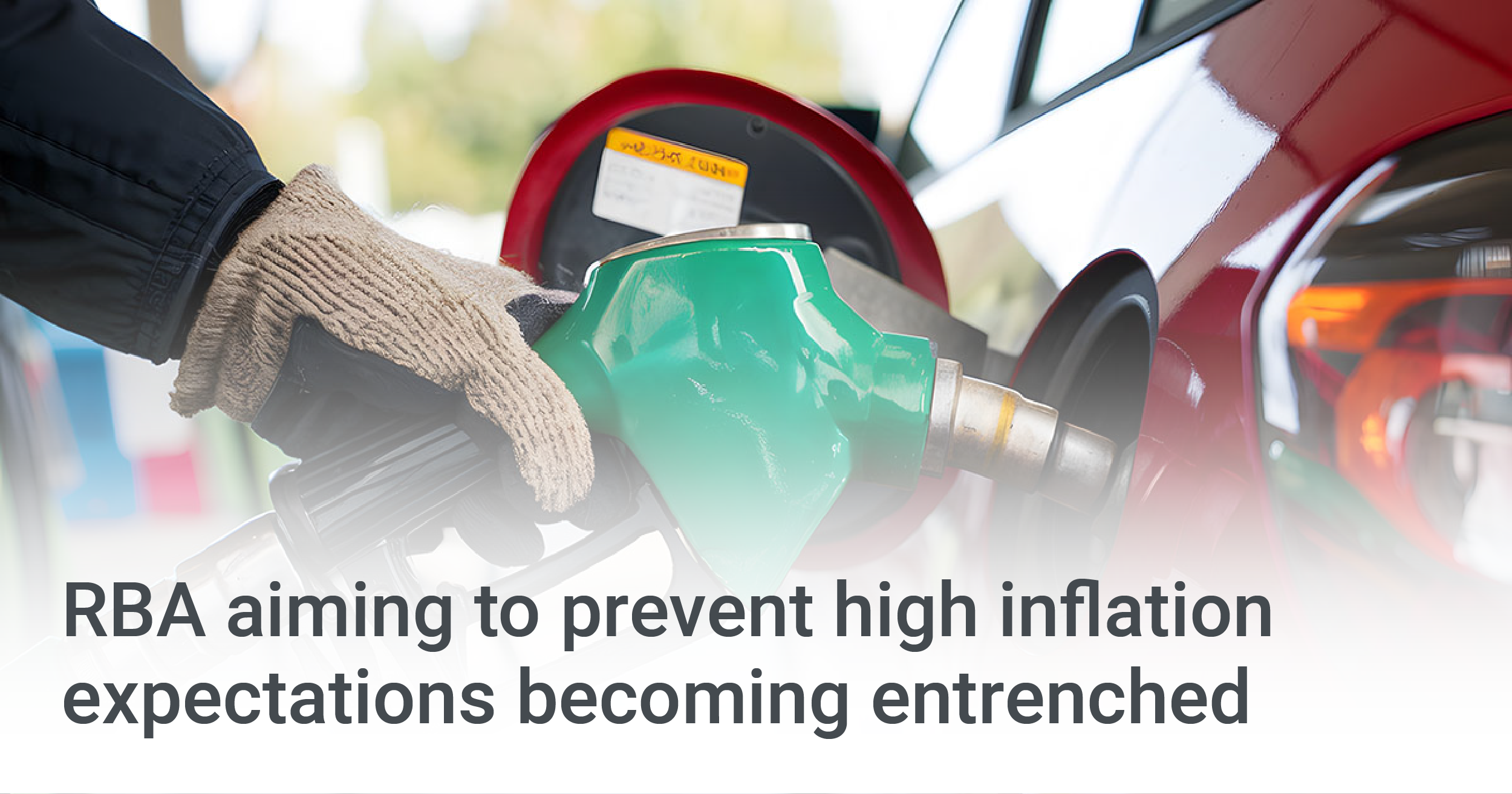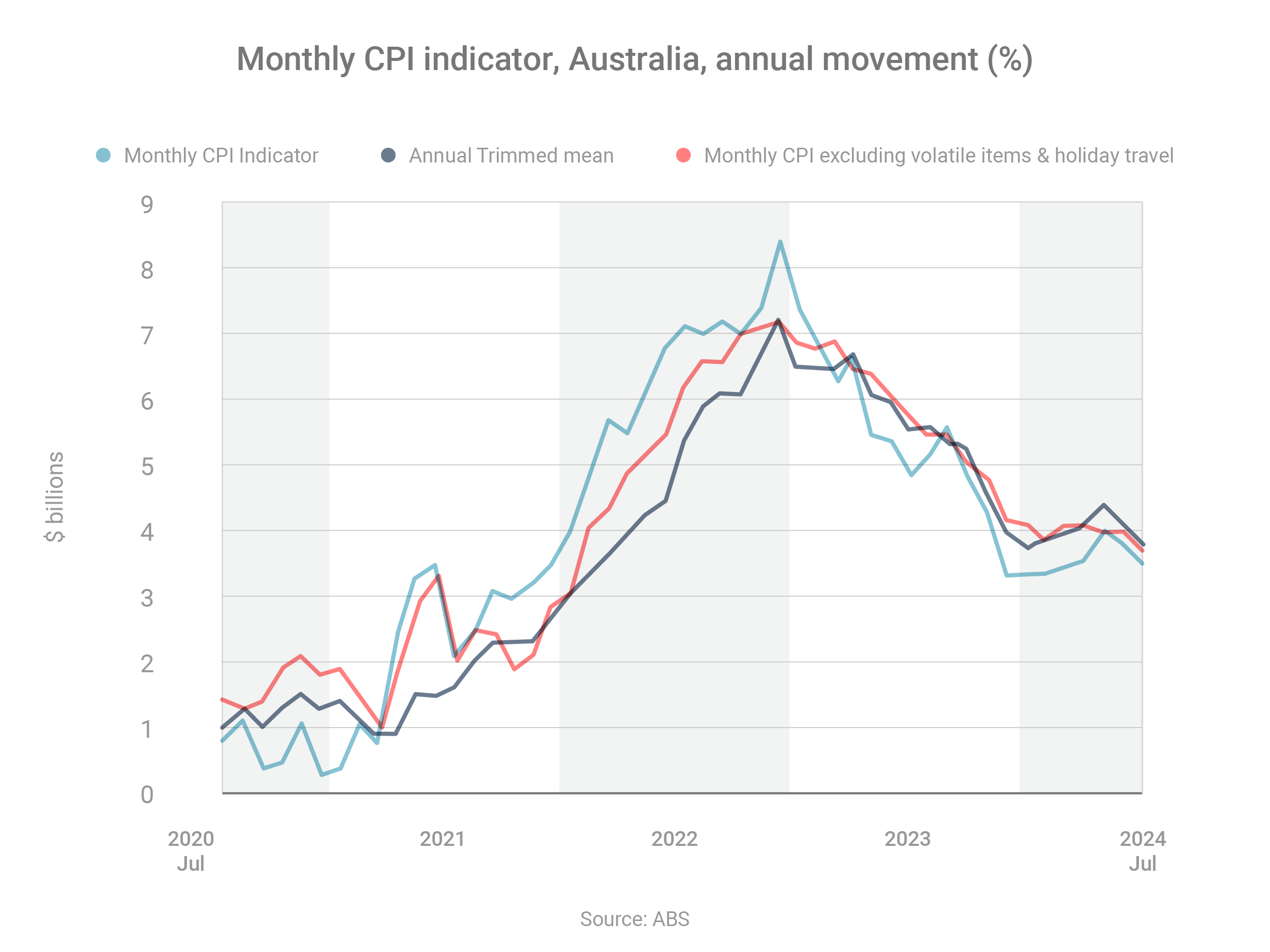The Reserve Bank of Australia (RBA) uses the Cash Rate / Interest Rates as a tool to control inflation. RBA governor Michele Bullock has explained why the central bank considers it vital to defeat inflation, even if it means keeping interest rates higher for longer.
Inflation fell from 3.8% in June to 3.5% in July, according to the latest data from the Australian Bureau of Statistics, but remains above the RBA’s target range of 2-3%.
In a keynote address earlier this month, Governor Bullock said the RBA was aware that higher interest rates were causing hardship to some businesses and households. However, if high inflation became entrenched in the expectations of firms and households, even higher rates would be needed to solve the problem.
Governor Bullock also said elevated inflation made it harder to plan for the future.
“It can distort economic activity, affecting decisions about investment and employment and ultimately hurting productivity and household incomes. For example, it might be hard for a firm to lock in a supply contract if it doesn’t know what prices are going to be over the next year. In turn, this might make it harder to make expansion plans,” she said.
“High and variable inflation can also cause shifts in people’s wealth and spending power. Agreeing to a new contract, or making saving plans, is harder if you don’t know how expensive things will be in the future.”
In our observation of some of the top Economist’s forecasts, all roads are now pointing to lower inflation which should result in lower interest rates in 2025.
There are many different types of finance we can help with
View our Services on our website or Contact Us to discuss your needs




